10 ways 5G will change farming and agriculture
From crop drones to insect detection, the farms of the future will rely on 5G. Discover ten ways 5G will transform the agriculture industry.
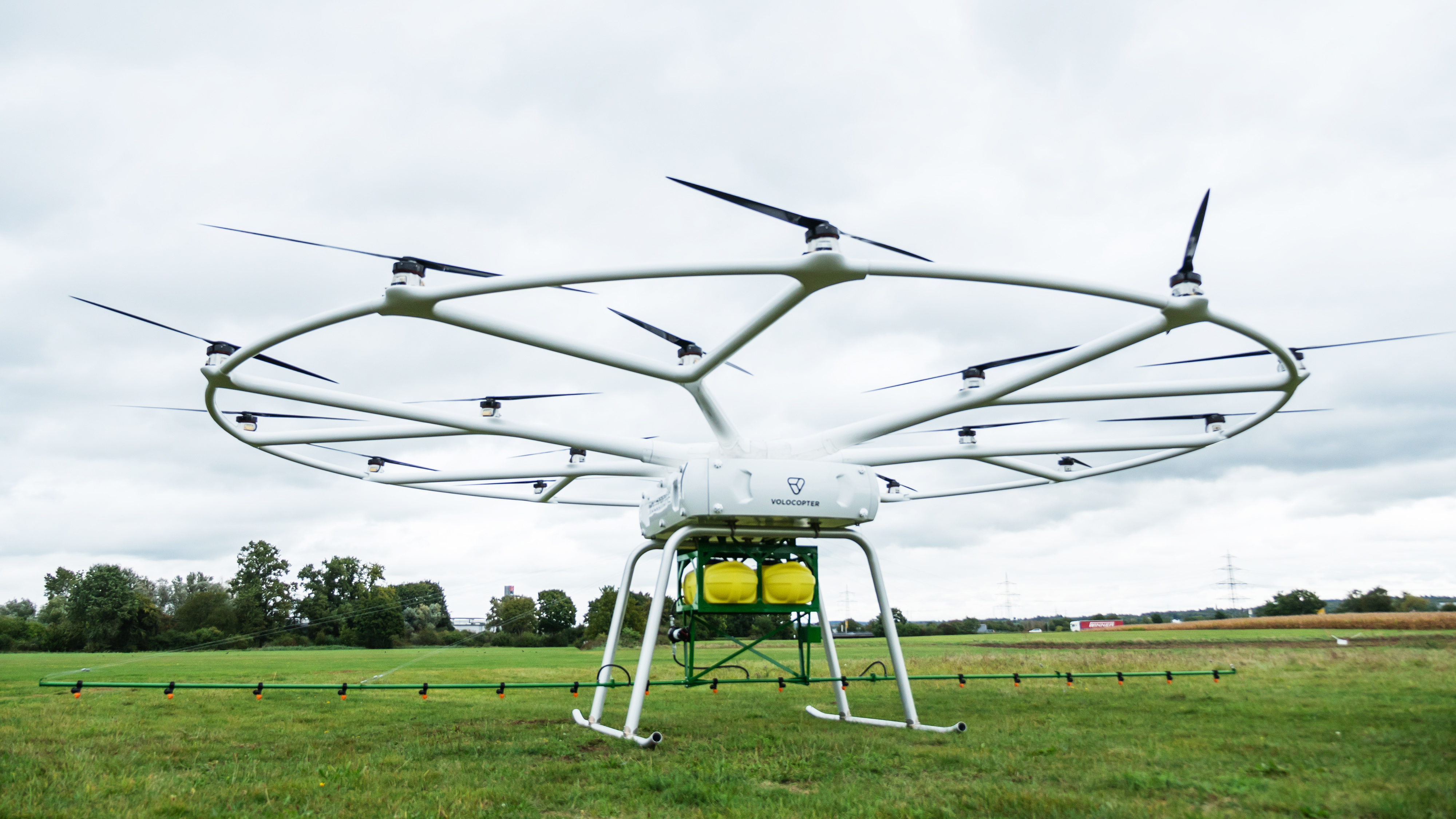
Is a new ‘green revolution' within reach? Agriculture is a multibillion dollar industry and one of the largest in the world, accounting for almost 1% of GDP in the UK, 6% in the US and 12% in Australia. It’s also set to be a growing industry, with the demand for food set to increase as the world approaches a population of eight billion.
However, it’s an industry hugely affected by small changes in temperature and moisture levels, which often means that issues are only found when the damage has already been done.
“In an era where crops are being left to rot because of a shortage of pickers, technology will be key to the agricultural industry’s survival,” says Daniel Valle, EMEA Chief Technologist, WWT. “Part of this will see farmers adopting 5G – a technology which will better support productivity, and a vital tool in preventing the passing of increasing costs of business to consumers.”
Cue agritech, which is about to get a boost from upcoming 5G-powered ‘precision agriculture’, such as 5G drones and connected farm machinery. “Agriculture is rapidly adopting transformative 5G technology to monitor the environmental conditions for optimum plant growth, and to track, feed, monitor livestock and even milk cows without human intervention,” says Professor Mak Sharma at Birmingham City University. “Other examples include the ploughing, sowing, feeding, health monitoring and harvesting of crops autonomously and without human intervention using 5G connected farm machinery.”
All of this is possible with other mobile networks, but 5G’s high bandwidth, support for a huge number of sensors communicating simultaneously, and low latency, make it perfect for farms.
Here are 10 ways 5G could transform farming and agriculture.
1. Precision agriculture
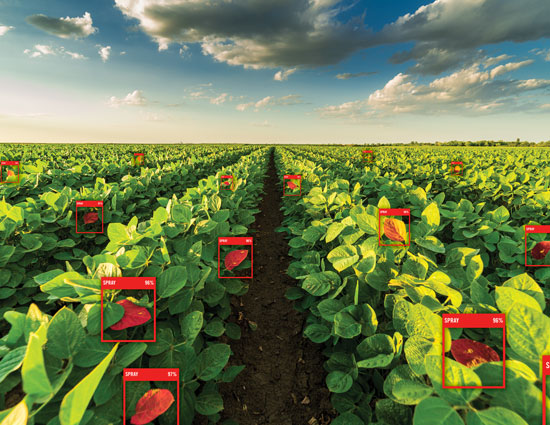
Also called ‘smart farming’, precision agriculture is all about applying precise treatments to crops, so instead of treating an entire field the same, farmers can give each row exactly what it needs. It’s all about reducing inputs, from water and food to fertiliser and herbicides. “5G is critical to this, as it supports machine to machine (M2M) services,” says Simon Jordan, Senior Sensor Physicist at Cambridge Consultants. 5G speeds-up everything, allowing machines to be controlled centrally and data to be sent back in real time; without 5G, the system relies only on data being uploaded at the end of the day.
Get up to speed with 5G, and discover the latest deals, news, and insight!
2. 5G farm machinery
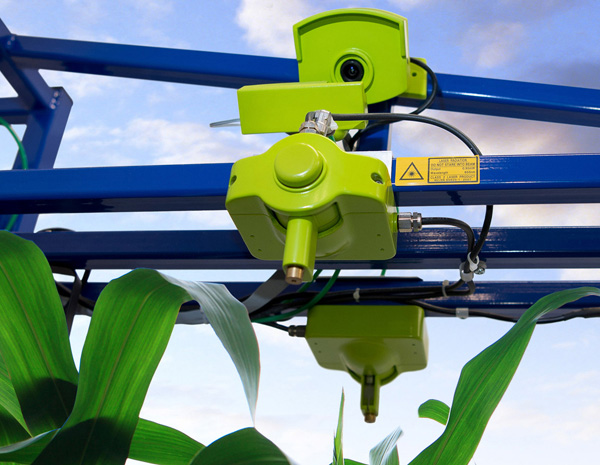
For precision agriculture to really take off requires 5G-connected farm machinery. A massive increase in compute power and data collection are the driving forces behind the rise in artificial intelligence (AI), but there’s a missing link; how to get that data to where it’s needed for analysis. “5G on farm machinery and sensors will increase massively the amount of data available, meaning AI can now get to work properly,” says Paul Beastall, Director of Technology Strategy at Cambridge Consultants. “Farms are typically run from a mixture of experience and specialised knowledge, and centralised AI is already spotting patterns that allow yields to be improved, for instance by giving early warnings of disease in greenhouses.”
3. Drone spraying

Autonomous drone sprayers are coming; equipped with a weed scanner and crop sprayer, they scan crops using AI to identify weeds – precision agriculture defined – then apply pesticide only where needed. After 30 minutes they return to a field boundary station, refill their tank and top-up their battery.
“There are a number of projects today which use insights generated by Internet of Things (IoT) farming tools to improve efficiencies,” says Valle. “For example, applying deep learning techniques to drone camera footage to help identify concentrated areas of weeds, applying herbicides only where they are needed. Similarly, crops can be gathered earlier or later using analysis of the colour and size of the crops.”
Manual labour will still have a place, says Valle, but by combining smart technologies with the power of 5G, farmers will be able to more efficiently allocate their time to the areas which really matter.
4. Weed and crop monitoring
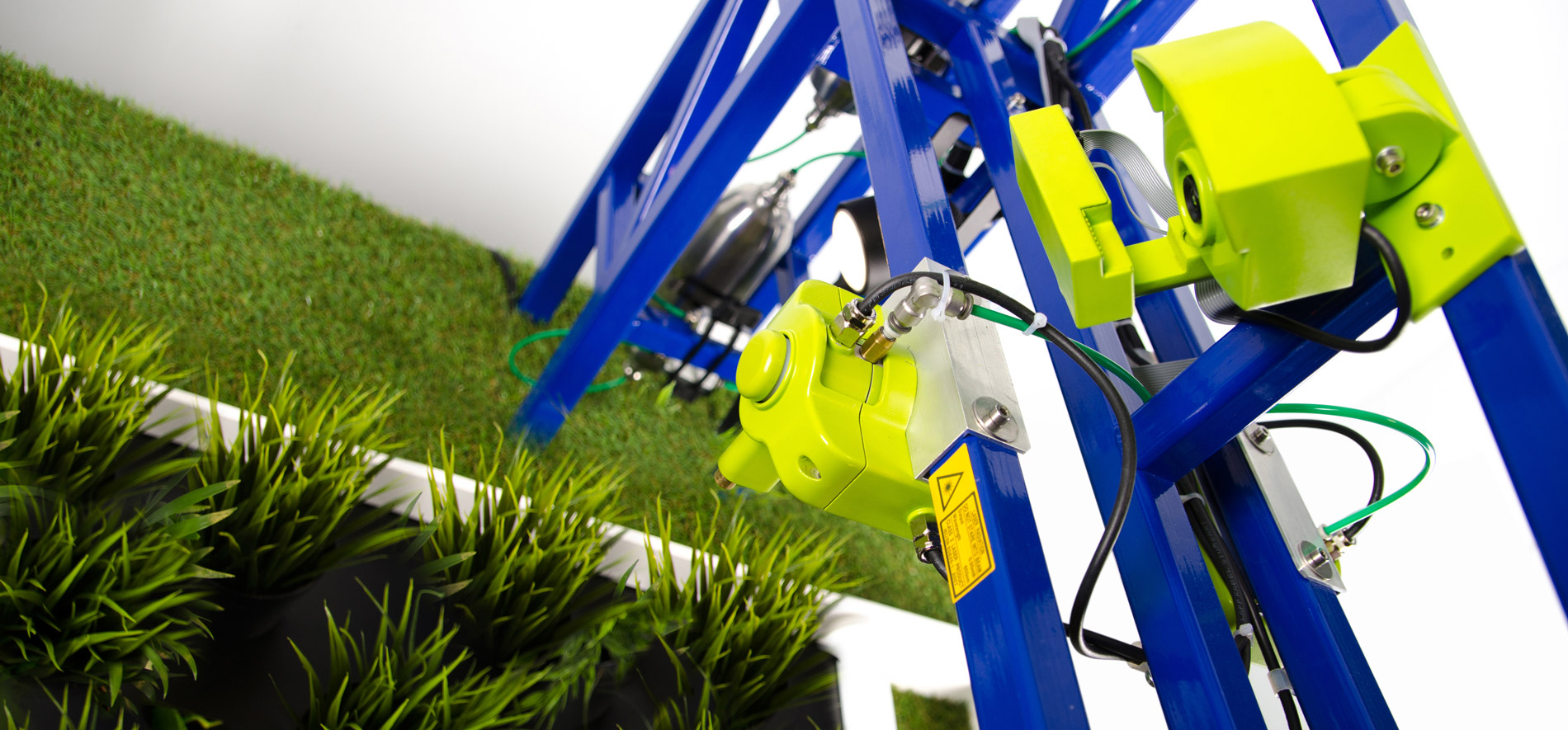
The tech now exists for cameras to tell the difference between crops and weeds. A good example is a Vodafone 5G-powered system from Blue River, which is now owned by agricultural giant John Deere. It’s ‘See & Spray’ tech uses high-resolution cameras that capture 20 images per second, with AI applied to the images to allow the system to recognises the difference between cultivated plants and weeds. Instead of blanket-spraying, reducing the use of pesticides. Another example is Fafaza, which does something similar by detecting differences in colour and leaf texture to isolate plants. “It’s designed to work autonomously, without a guaranteed network connection, and all the processing required is installed on the platform,” says Jordan. “However, if a 5G connection were available, it could report the locations of weeds or potential trouble spots to allow later follow up by another machine.”
5. Insect tracking
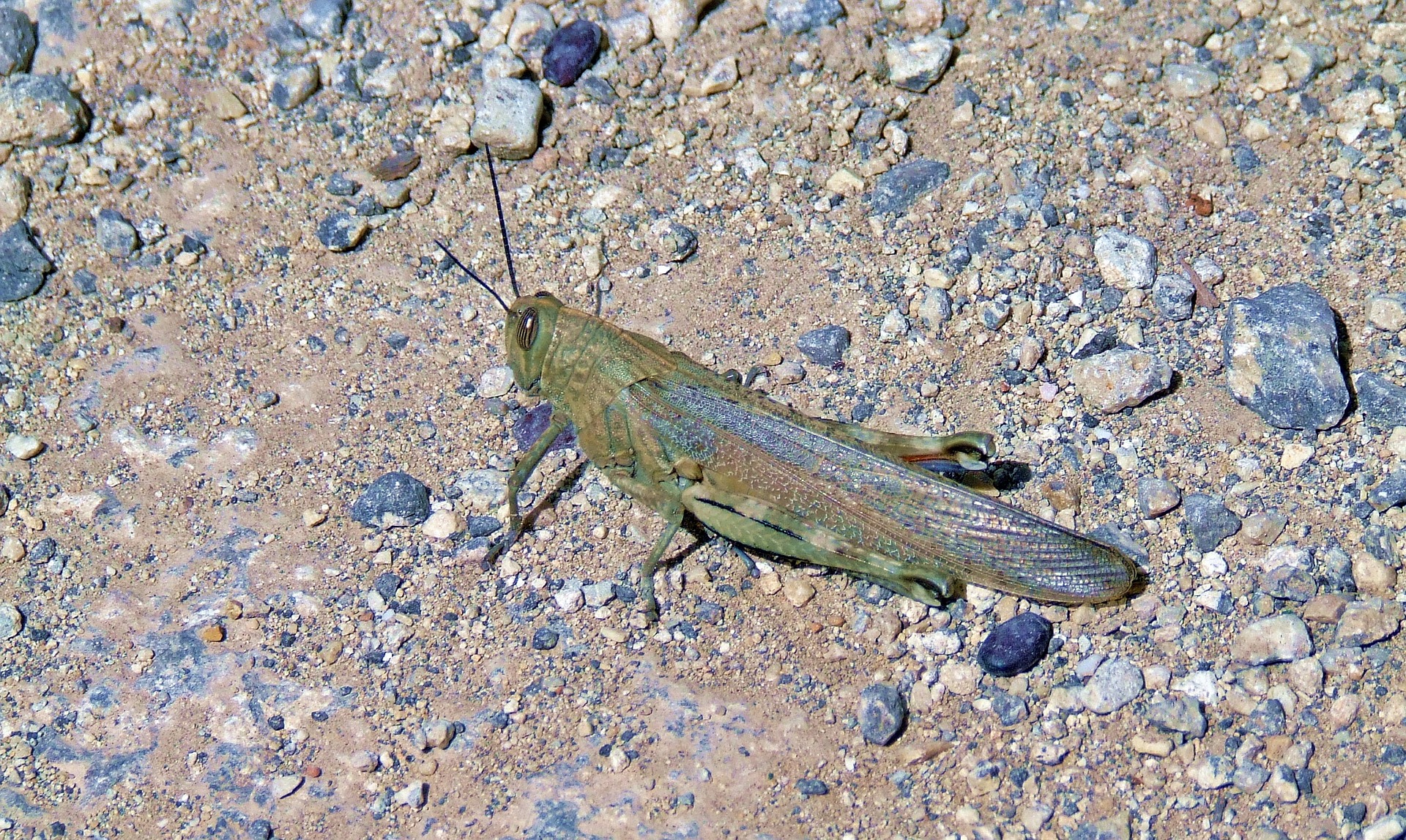
Is there a Biblical swarm of locusts incoming? That’s unlikely, but even a small swarm of the insects can decimate crops in a very short time. Cue 5G-powered geolocation services.
“5G can relay data back quickly from fixed in-field sensors,” says Jordan. “These can measure things like insect numbers and disease pressure, as well as soil conditions in real time.” 5G-powered geolocation can also be used to accurately find machines on a farm.
6. Real-time livestock tracking
The ability to locate and monitor valuable livestock – particularly in upland areas and ranches – is critical to farmers. If cows’ health, their food intake and even their fertility, can be communicated back to farmers, they can decide when to intervene.
“5G will enable connectivity and geolocation services, which could reduce the cost and increase the performance of livestock monitoring solutions that currently depend on proprietary radio solutions,” says Jordan. “However, this will depend on 5G coverage being available and early deployments are focused on urban centres.”
Ofcom reports that 91% of the UK landmass has good 4G coverage, so there are reasons to believe that 5G-based solutions could quickly impact farming.
7. Connected cows and calving
Knowing where a cow – and a herd – physically is can be critical to farmers, never more so when it’s calving season. Cue the ‘Moocall’ sensor, a tail-mounted sensor by Vodafone that alerts farmers when a calf is about to be born. Since its launch in 2017, more than 250,000 calves have been born safely using the Moocall sensor. This is the IoT, and while it doesn’t specifically require 5G, there’s no doubt that the IoT and 5G will soon go hand in hand.
“With the growing prevalence of IoT and 5G, we expect to see increasing innovation in the agricultural sector,” says Anne Sheehan, Director, Vodafone Business. “By using digital tools, farmers can gain better control over processes such as raising livestock and growing crops, improving overall productivity, efficiency and financial performance … technologies such as IoT and 5G must be viewed as a priority for the farming sector.”
8. Reduced water consumption
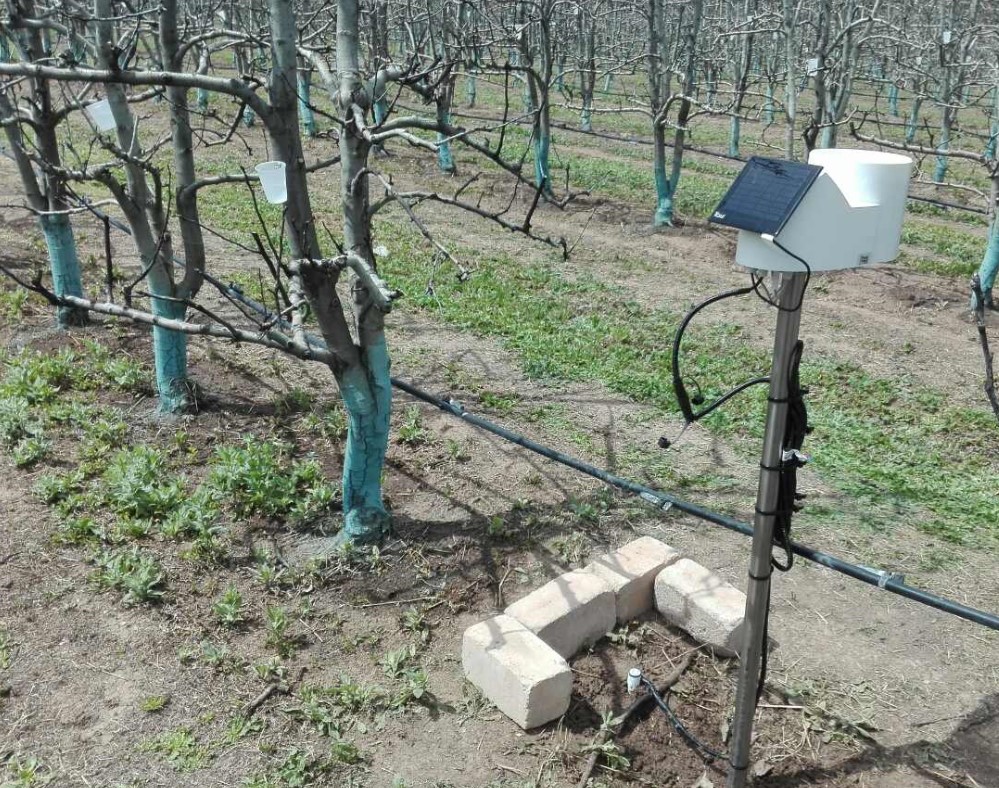
In dry, arid and remote areas, saving even a drop of water is critical. In a trial partnership with Algeria’s mobile network operator Djezzy, Nokia has created what it calls a Worldwide IoT Network Grid (WING) to equip Algerian peach farmers with practical data to help them achieve better yields. Soil probes buried 120cm under an irrigation line collect and send back data about the soil that allow the farmer to track soil moisture, water patterns and salinity.
The readings are analysed so the farmer can accurately manage irrigation cycles and soil nutrition. After one month, Nokia’s trial saw the farmer reduce water consumption by 40% on a single irrigation line for one hectare, and increase his revenues up to 5% per hectare. WING operates on all mobile networks, but such trials will only be improved with 5G.
“Our mission with WING is to shape the future of agriculture and other industries and create a smarter and more connected world,” said Ankur Bhan, founder and head of Nokia WING. “Trials such as this will be vastly improved with 5G, with operators and industries reaping the benefit of WING’s full potential, as IoT devices will share and communicate data faster than ever before.”
9. Heavy-lift drones
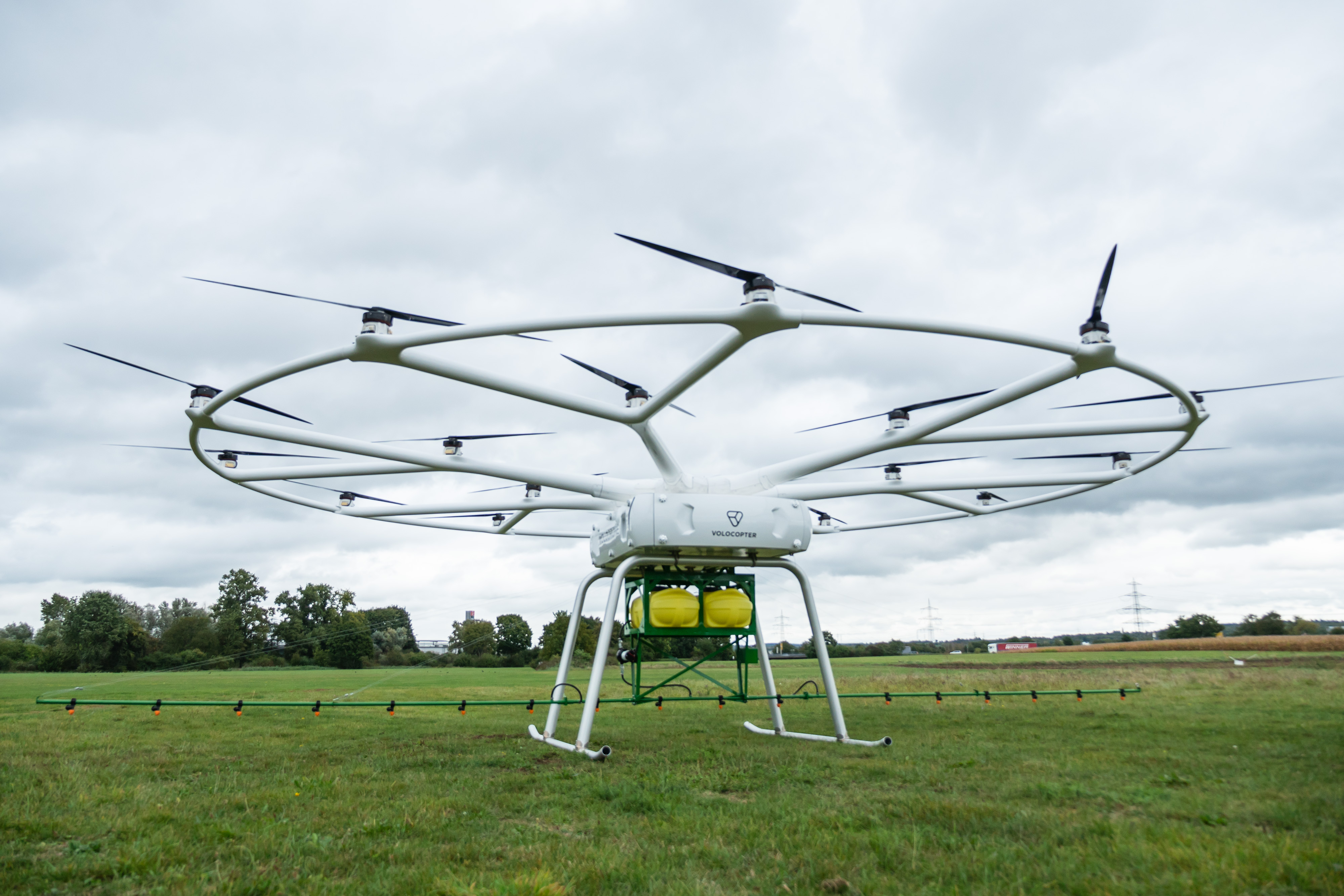
Another example of drones in farming is Volocopter’s new VoloDrone, a future-gazing heavy-lift drone developed with John Deere. An unmanned, fully electric, heavy-lift utility drone capable of carrying a payload of up to 200 kg/440 lbs, VoloDrone can transport boxes, liquids and equipment to anywhere on a farm … or even buzz around a field scaring-off birds. Fully electric, it has a diameter of 9.2m and is powered by 18 rotors.
10. Can 5G help truly remote areas?
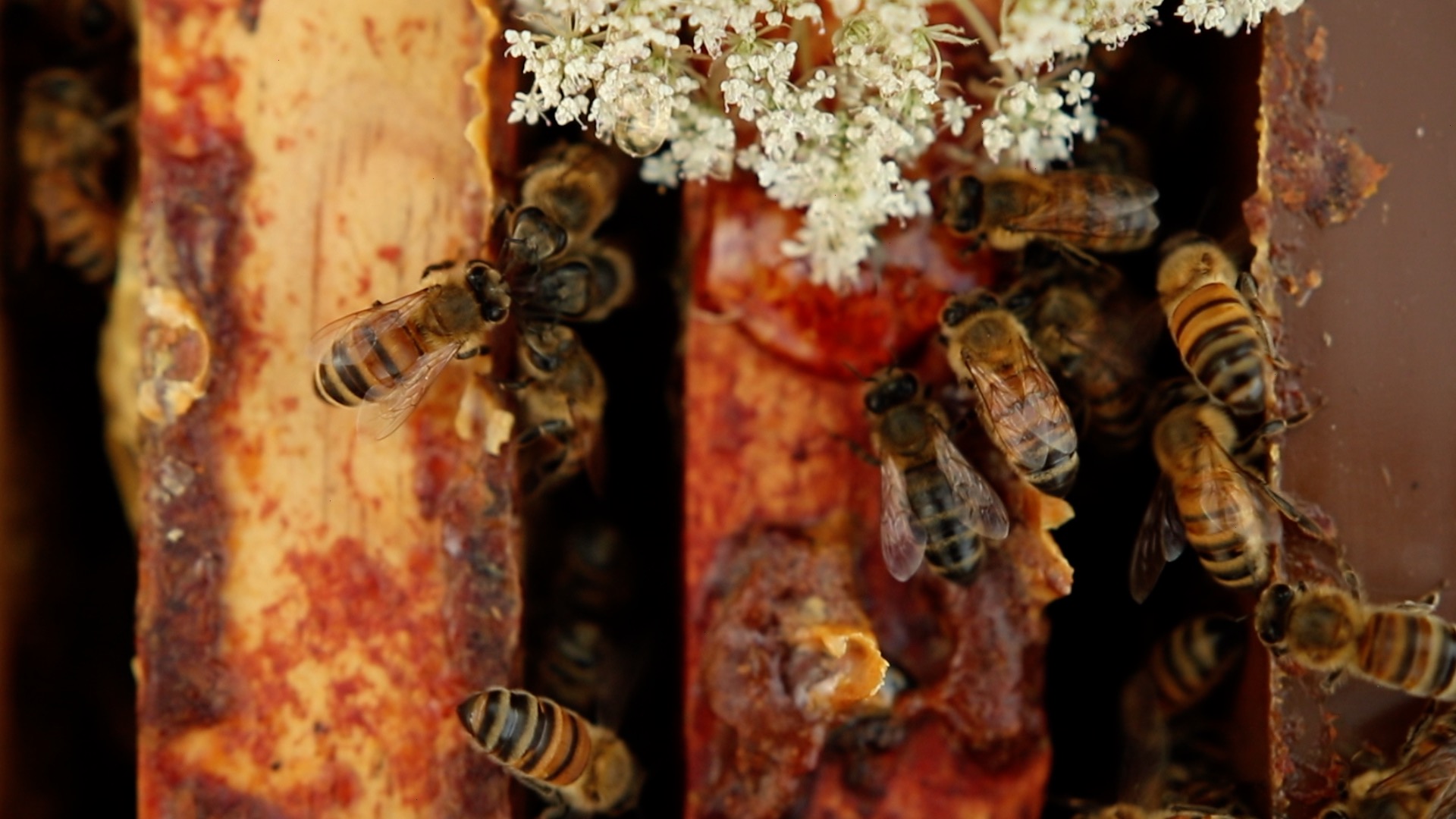
Probably not, or at least, not for a long time. Cue ‘remote connectivity’ tech where 5G can’t help, such as satellite-driven IoT services. “5G is going to mean much faster browsing than ever before, but it won’t have any impact on rural areas and developing countries that likely don’t even have access to its predecessors yet,” said Laurens Groenendijk, co-founder and MD of IoT remote connectivity startup Hiber. “This is because, as 5G’s frequency is higher, its range is actually shorter and additional cell towers have been built to cover the existing network coverage area.”
Hiber recently launched the world’s first ever IoT satellite network, called Hiberband, for remote areas and developing countries. It covers 90% of the world, and one of its first projects is a bee monitoring solution called Hostabee that helps maintain a stable climate in the hives and helps beekeepers and farmers reduce bee mortality rates … and so help farmers with the necessary pollination needed to grow their crops in the first place. The Hiberband network transfers data from modems and antennas on the ground directly to the nanosatellites and then back to the user.

Jamie Carter is a freelance journalist, copywriter and author with 20 years' experience. Carter has written for over 50 publications and websites, and creates content for dozens of global blue-chip brands. Carter works with publishing houses and brands in the United Kingdom, the United States, and China, where he writes primarily about travel, technology, science and nature.

